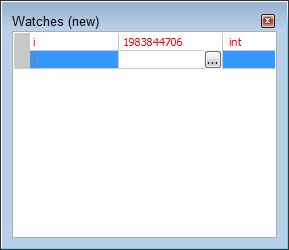When it comes to thinking about how input is perceived, few people think about chickens. However, the whole range of perception has attracted my attention because I see the topics as being interrelated in various ways. I find it interesting that chickens actually have a kind of vision that most of us can’t really imagine. For one thing, instead of the orderly array of cones that humans have, chickens have a disorderly set of cones that actually rely on a different state of matter from those in human eyes. Chickens see color better than humans do and they see a wider range of colors. Humans see red, green, and blue. Chickens see red, green, and blue as well, but they can also see ultraviolet and have a special motion detecting cone (for a total of five cone types to our three).
There are a number of reasons I’m interested in the topic. Of course, we raise chickens and the more I know about them, the better. My interest goes way beyond just raising the chickens though. When I wrote Accessibility for Everybody: Understanding the Section 508 Accessibility Requirements, I experimented with all sorts of techniques for improving a human’s ability to interact with the world. A lot of people might think the book is focused on special needs, but really, it’s focused on accessibility of all sorts for everyone. When a hunter uses a scope to see a long distance in order to hit a mark, it’s a form of interaction that could easily fall into the accessibility category. The hunter is compensating for the lack of long range vision by using a scope (an accessibility aid of sorts). The scientific examination of chicken eyes could lead to discoveries that will help us create accessibility aids that will allow humans to see a vast array of new colors naturally, rather than through color translation (where a color we can’t see is translated into a color we can see), as is done now.
The potential for such study goes even further. Most people don’t realize that men are naturally less able to see color than women. For example, 8 percent of men are colorblind, but only 1/2 of one percent of women have the same problem and usually to a lesser degree. Even odder, some women possess a fourth cone so they can see a vast array of colors that most people can’t even imagine. Only women have this ability. However, it might be possible to provide men with the same color perception through the use of an accessibility aid—one possibly modeled on the research done on chicken eyes.
The ways in which this research could help us out are nearly endless. For example, we rely on the superior smell capabilities of trained dogs to sniff out bombs and drugs. Chickens, as it turns out, can be trained as well (not to the degree that dogs are trainable, unfortunately). It might be possible to train chickens to alert to color discrepancies that only they can see. We could use trained chickens in the same way we currently use dogs.
There are other ways in which this research could benefit us. The actual chemistry of a chicken’s eye is unique. Studying the chemistry and discovering how it works could yield new compounds for us to use.
We look at various animals and think they’re only useful in one way. However, the more time I spend interacting with our animals, the more I come to realize that they really are useful in a host of ways. The next time you look at a laying hen, consider the fact that she can see things you’ll never even imagine. Let me know your thoughts about chickens, the unique nature of chicken eyes, and accessibility at [email protected].


